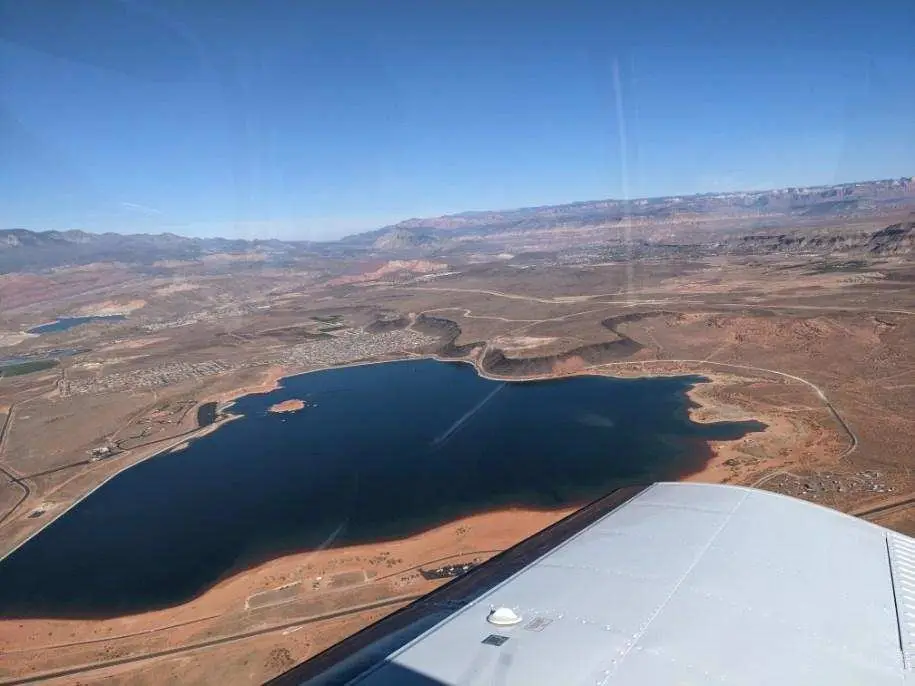Washington County’s desert landscape has always demanded resourcefulness, but our water challenges are entering a new era of urgency. At a recent water conservation meeting generously hosted by Zach Renstrom and his dedicated team, the message was clear: If we want a prosperous future, we need more common sense in how we manage every drop, balancing innovation, practicality, and fairness.
Southern Utah’s climate can swing dramatically. This year looks to be among the driest on record, while just two years ago, we experienced one of the wettest. Our primary water source, the Virgin River, continues to meet most of our needs, bolstered by local springs and aquifers. Yet, as our population grows at an unprecedented rate, that river’s capacity steadily declines. The margin for error is getting tighter; now is the time for common sense action.
Growth brings opportunity, but also responsibility. Lenders and their underwriters require every new home and business to have a 20 year guaranteed water supply, a daunting standard when drought and demand are both rising. So what does common sense look like? It means solutions across the board: conservation, re-use, new supply, groundwater treatment, and agricultural partnerships. We need practical answers, not just lofty promises.
Some of the ideas discussed at the meeting were both innovative and down to earth. Building smarter homes with hot water circulators, encouraging Dry Scape landscaping, and installing AMI smart water meters (which saved 80 million gallons in just their first year here) all make a real difference. Limiting the size of new swimming pools, adding water surcharges for excessive use, and investing in re-use plants are strategies with proven track records elsewhere and may be necessary should other ideas fail.
Agriculture remains a critical part of our region’s backbone. Initiatives like the “Roswell System,” which allows farmers to roll over unused water shares during declared droughts, show respect for our growers while encouraging meaningful conservation. Golf courses, too, are being challenged to modernize irrigation and re-use practices. Whether it is tapping hot springs, cleaning non potable groundwater, or storing more runoff, every idea needs the test of common sense. Will it help families, protect our environment, and serve us well in the long run?
Storing more runoff is critical for drought resilience. In addition to current reservoirs like Sand Hollow, Quail Lake, Gunlock, and Kolob, five new storage projects are underway to capture precious Virgin River flows when they do come. Meanwhile, high profile ideas like the Lake Powell pipeline are tangled in uncertainty, even as Utah presses its legal claim for that dwindling water, reminding us that focused, practical action remains our best investment.
Perhaps the clearest message from the meeting was that water security will not come from one single solution or agency alone. It takes common sense decision making, transparency, and the input of the whole community. St. George’s future—its neighborhoods, businesses, and environment—depends on choices made together.
If we bring more common sense into every discussion and every policy, Washington County can meet the challenges of growth without sacrificing our community’s well being. Conservation is not just a necessity, it is our opportunity to lead with practical, everyday wisdom.
Shane Losee

